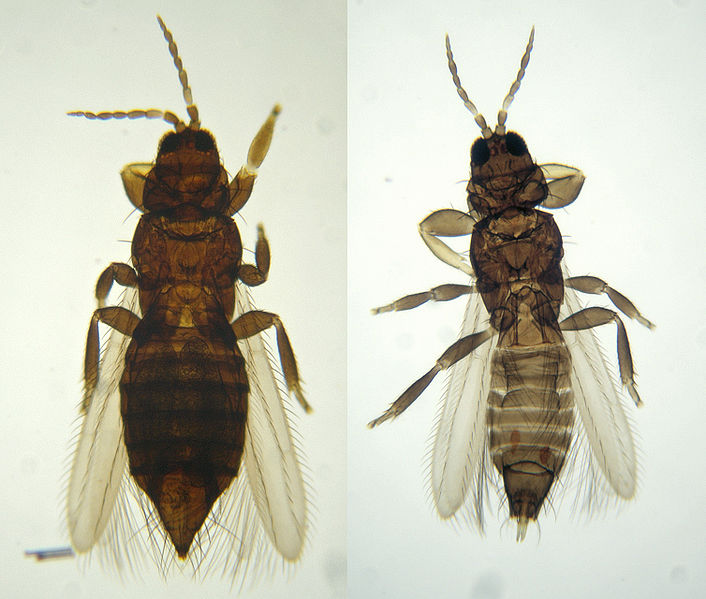
Well folks, I just got back from a 9 hour flight from Ontario so I hope this post makes sense. I made a surprise trip home to visit my family. Since my family are some of my biggest fans, I couldn’t mention the trip on Wild Facts. This would be the reason I have not been responding to the comments as quickly as usual. I am back now and everything is back to normal so let’s continue with our insect themed week. We have talked about some large insects so I wanted to go in the opposite direction today. We are going to look at the Thrips. I know it sounds like the name of a band or some medical condition like rickets.
In reality, Thrips are actually a tiny, little insect that can range in size from 0.5 mm to 14 mm (0.020″ – 0.55″). Although there are some thrips that 14 mm long they tend to be under 1 mm. Basically, they are tiny. In fact they are so small they will actually feed on an individual spore of fungus or an single plant cell. There are about 5000 species of thrips that have been discovered so far and they can be found throughout the world in leaf litter, fungi and flowers. I always wonder how you discover a bug that is only 0.5 mm in size. I have a hard time seeing a billboard while driving but don’t tell anyone since I don’t want to lose my license.
I am going to introduce you guys to a new word but don’t worry I will give you a definition soon. Thrips are actually a thigmotactic species which simply means they like to be in confined spaces. Hmmmm, I wonder if that means being thigmotactic is the opposite of being claustrophobic? Geez, it is big word day here at Wild Facts. Adult and juvenile (larvae) thrips will often congregate together. This behaviour has been known to cause an unusual problem for humans. Any guesses? Well, it isn’t the usual problems that other insects inflict on us “poor” humans. Nope, these guys will often cause smoke detectors to go off as the masses enter this nice comfy shelter. And you just thought it was a dying battery! So if you get the urge to pull the fire alarm at school, you can now blame it on a mass of thrips. Okay, I was just kidding. Please don’t run out and start pulling the school alarms.
Well, that does it for another day of Wild Facts. See all of you tomorrow.

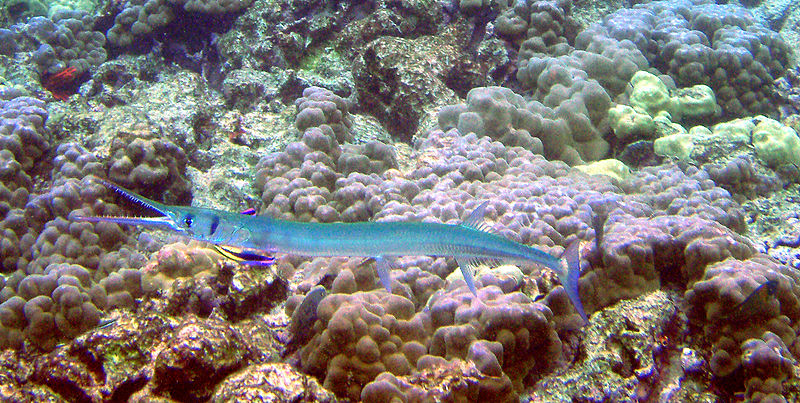
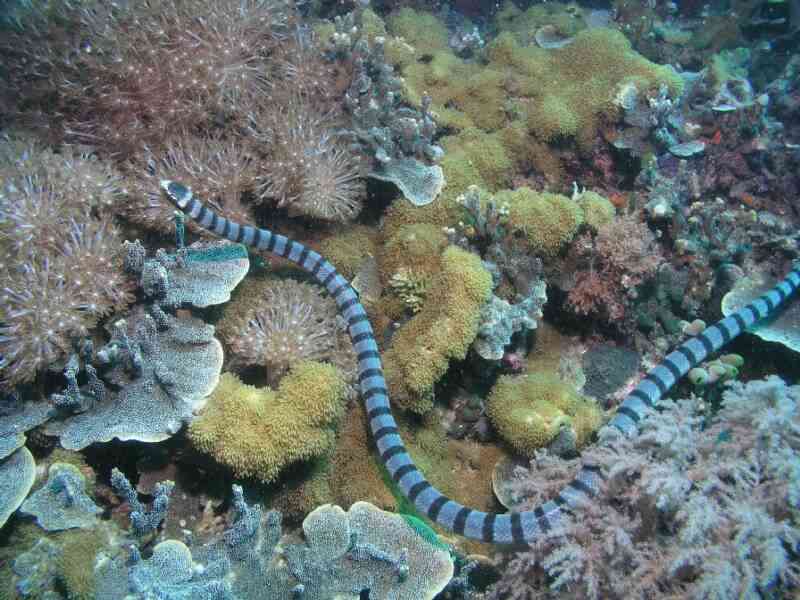
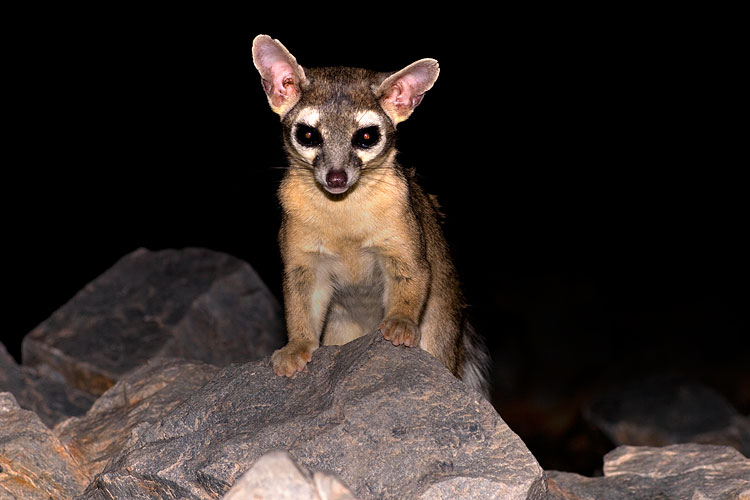

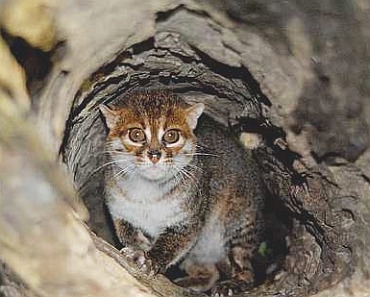
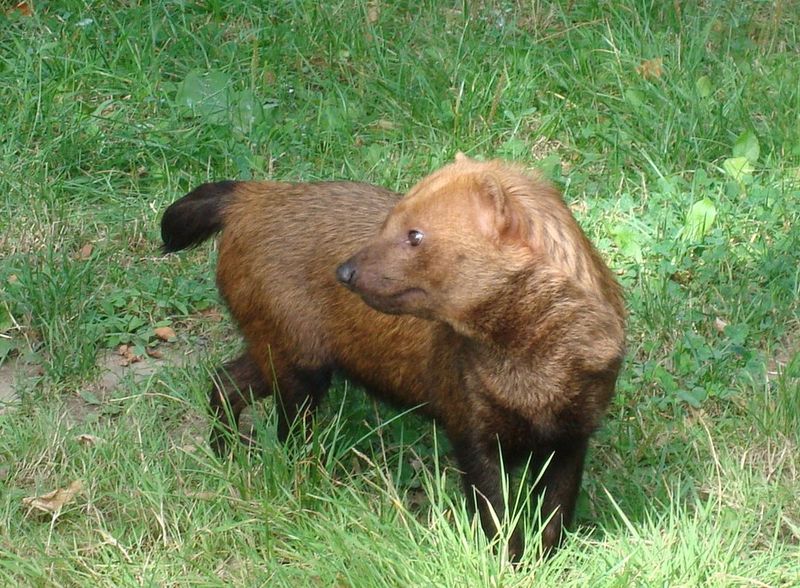
It was a great surprise to have you home and we enjoyed it immensely. By the looks of all the comments on bugs this week I would say people don’t like them as much as all the cuddly cute animals you do.
Are these those tiny bugs that hang around lights in the summer and in the morning you have a mass of them in your lights or on the table?
Perhaps I should do a week on the world’s cutest and cuddly animals. As long as people are reading then I am happy!
It is tough to tell if those insects you see flying around are thrips. I highly doubt it though since they prefer not to fly if they don’t have too. As well, some members of the thrips family don’t have wings.
My guess as to what you are seeing are actually midges called no-see-ums. I believe you and dad would refer to them as Sand Flies. Of course, I can’t be sure this is what they are but that would be my guess.